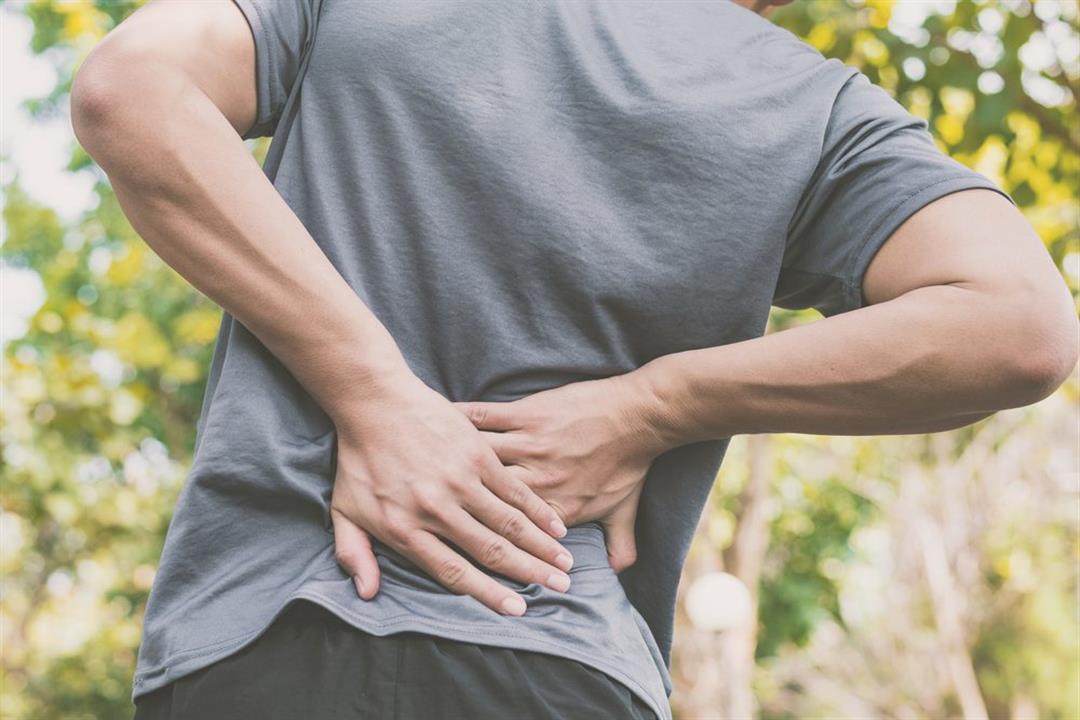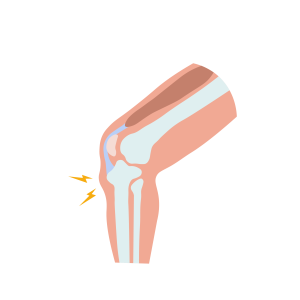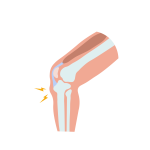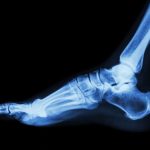Dr. Mehdi Abd Al-Sahib – Orthopedic Surgeon
You can avoid or decrease your back pain by following these tips and instructions:
(1) Avoid heavy lifting: Bending over while rotating your torso to pick up something puts tremendous pressure on the back. It’s best to bend your knees while keeping your back straight.
(2) Sleeping: Your mattress should be comfortable and with strong support. It’s best to use a soft mattress so that it adjusts to the shape of the natural curves of the back. You should sleep on your side and put a pillow between your knees, or sleep on your back and put a pillow under your knees. Do not sleep in a sitting position. Try a few simple exercises when you get up from bed.
(3) Standing: Avoid standing for long periods of time, and when necessary (while shaving or ironing clothes), use a small chair to put one foot on, and switch to the other leg from time to time.
(4) Sitting: Your back should be straight against the chair and put a small pillow or a folded towel behind you. Avoid sitting for long periods of time, especially in the position where your back is bending forward. Go for a walk or do some exercise at least every half hour. Your chair must have armrests to support you when getting up.
(5) Losing weight: Walk for 15 – 20 minutes, twice or three times a day. Swimming can also help you lose weight.
(6) Painkillers: They help relieve pain in the short term, but look out for any side effects.
(7) Hot and cold compresses: Some people use it to reduce pain temporarily.
(8) Avoid reading or watching TV when you’re lying down in bed, because your back is usually in a bad position.
(9) Getting up from bed: It’s best for the patient to bend the knees and turn to sleep on his side and get up from this position by pushing with both hands while lowering his legs and then standing. Perform the same steps to sleep on your bed, but in the reverse order.
(10) Avoid back strain when waking up: If the water content of the cartilage is greater, then the possibility of infection is greater. Avoid carrying bags after sitting for a long time, such as in the case of traveling. Carrying two bags equal in weight is better than carrying one heavy bag. Use a support belt for your back during hard work or travel.
(11) Avoid exposing your back to air currents: Avoid sudden changes in temperature, such as moving from a hot to s cold area.
(12) Smoking: It increases lower back pain.
(13) Constipation: It adds more pressure to your lower back muscles, so it’s recommend that you eat vegetables and fruits that are rich in fiber, and brown bread.
When to seek medical consultation:
Healthcare and quality researchers have determined 10 red flags in cases of back pain that call for an immediate medical assistance.
(1) New injury resulting from a falling or car accident.
(2) A new, non-critical injury in 50+ years old people, such as falling down the stairs, or slipping and falling on the lower back.
(3) Long history of taking Cortisone, like in the case of people with asthma and rheumatoid arthritis.
(4) Anyone with history of osteoporosis, or elderly women with history of hip fractures.
(5) Anyone over the age of 70, because they’re more prone to tumor growths, and abdominal injuries.
(6) Past medical history of malignant disease.
(7) Past medical history of chronic disease such as tuberculosis.
(8) Body temperature over 38°C.
(9) Increased back pain during rest and sleep, which can be caused by an infection or a malignant tumor.
(10) No obvious reason for weight loss.
We wish you good health.










